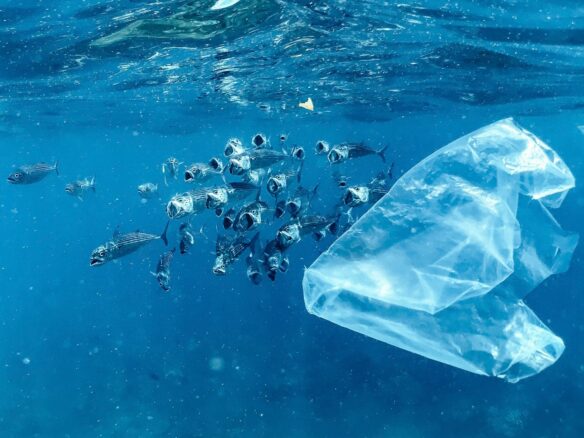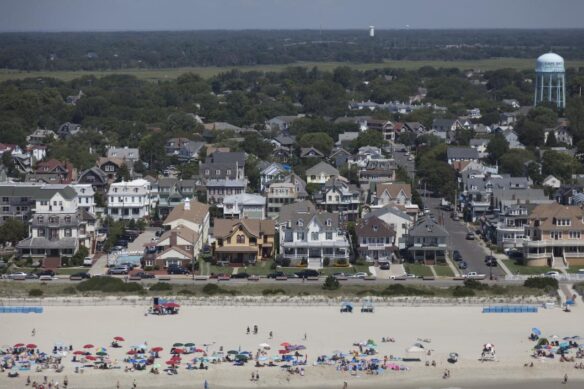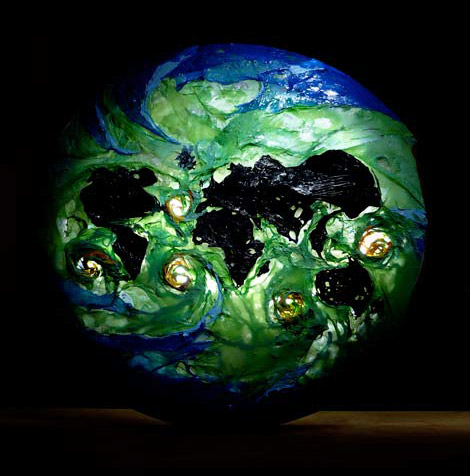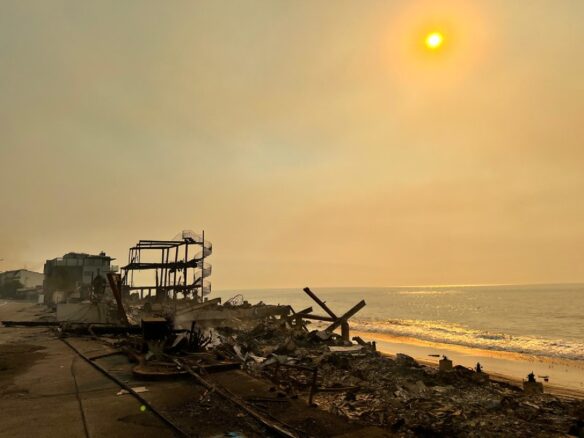Underwater avalanches capable of moving at speeds of up to eight metres-per-second have been found responsible for moving vast quantities of microplastics into the deep sea, transporting plastic pollution from the continental shelf to depths of more than 3,200 metres.
These are the findings of a new study, published today in the journal of Environmental Science and Technology and led by researchers from both The University of Manchester and the UK’s National Oceanography Centre (NOC).
The study has gone new lengths to showcase the extent of the pervasiveness of the microplastics crisis. Studies have shown that more than 10 million tonnes of plastic waste enter the ocean each year, yet while striking images of floating debris have driven effort to curb pollution, this visible waste is actually less than 1% of the total plastic pollution within it.
Scientists have long-suspected that it was these underwater avalanches – known as turbidity currents – playing a major role in distributing microplastics across the seafloor. It was the team of at The University of Manchester, however, who were first to demonstrate this through their research on ‘Microplastic Hotspots’ in the Tyrrhenian Sea.
It wasn’t until now the actual process had been observed or recorded in a real-world setting.
The findings highlight the significant threat that microplastics pose to the environment and the marine ecosystem, underlining the urgent need for stronger pollution controls.
“Microplastics on their own can be toxic to deep-sea life, but they also act as ‘carriers’, transferring other harmful pollutants such as PFAs, ‘forever chemicals’, and heavy metals which makes them an environmental ‘multi-stressor’ which can affect the entire food chain,” said Dr Peng Chen, lead author on the study at the University of Manchester…









